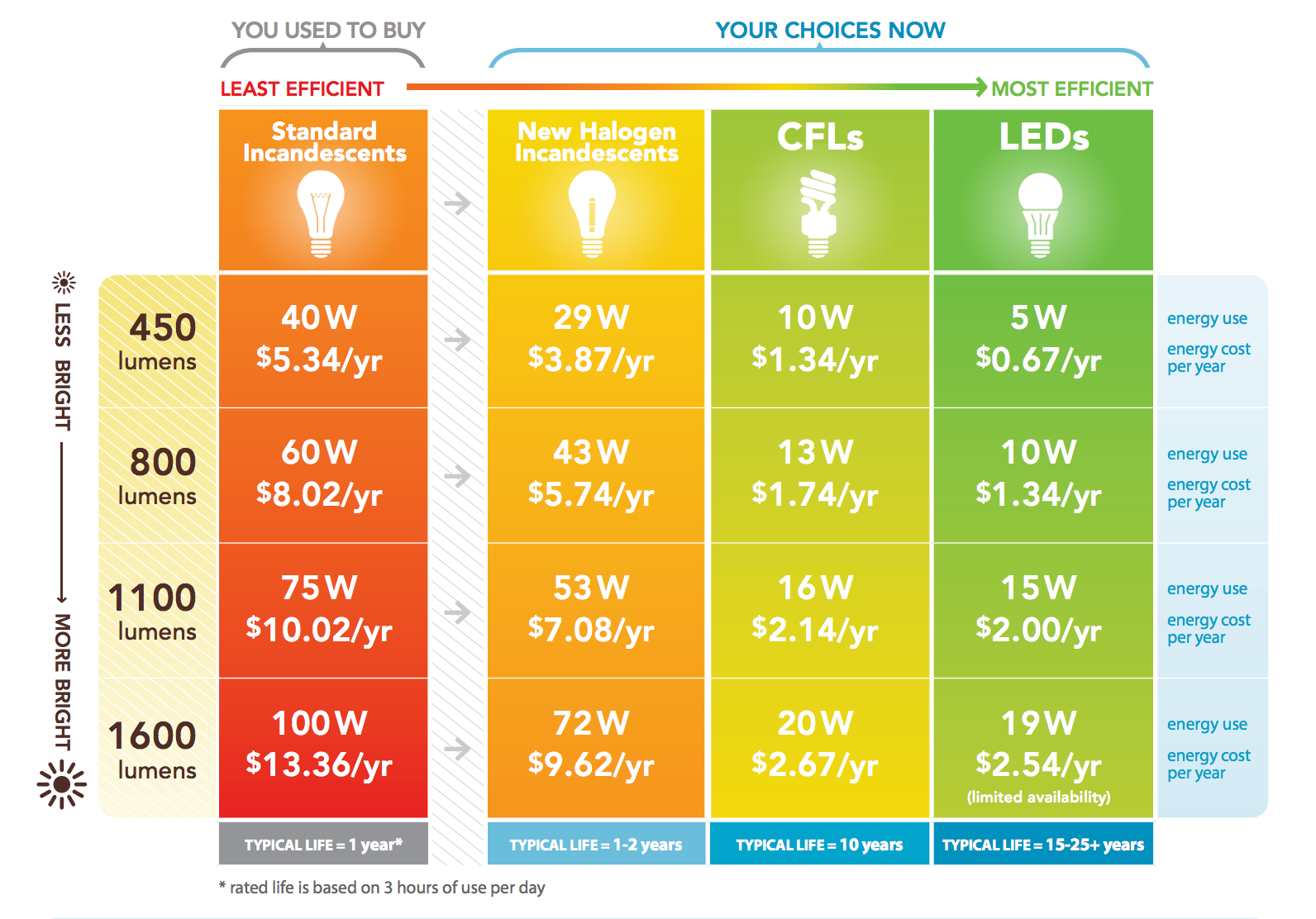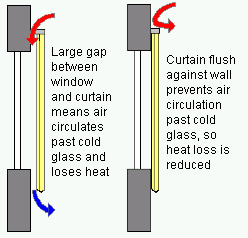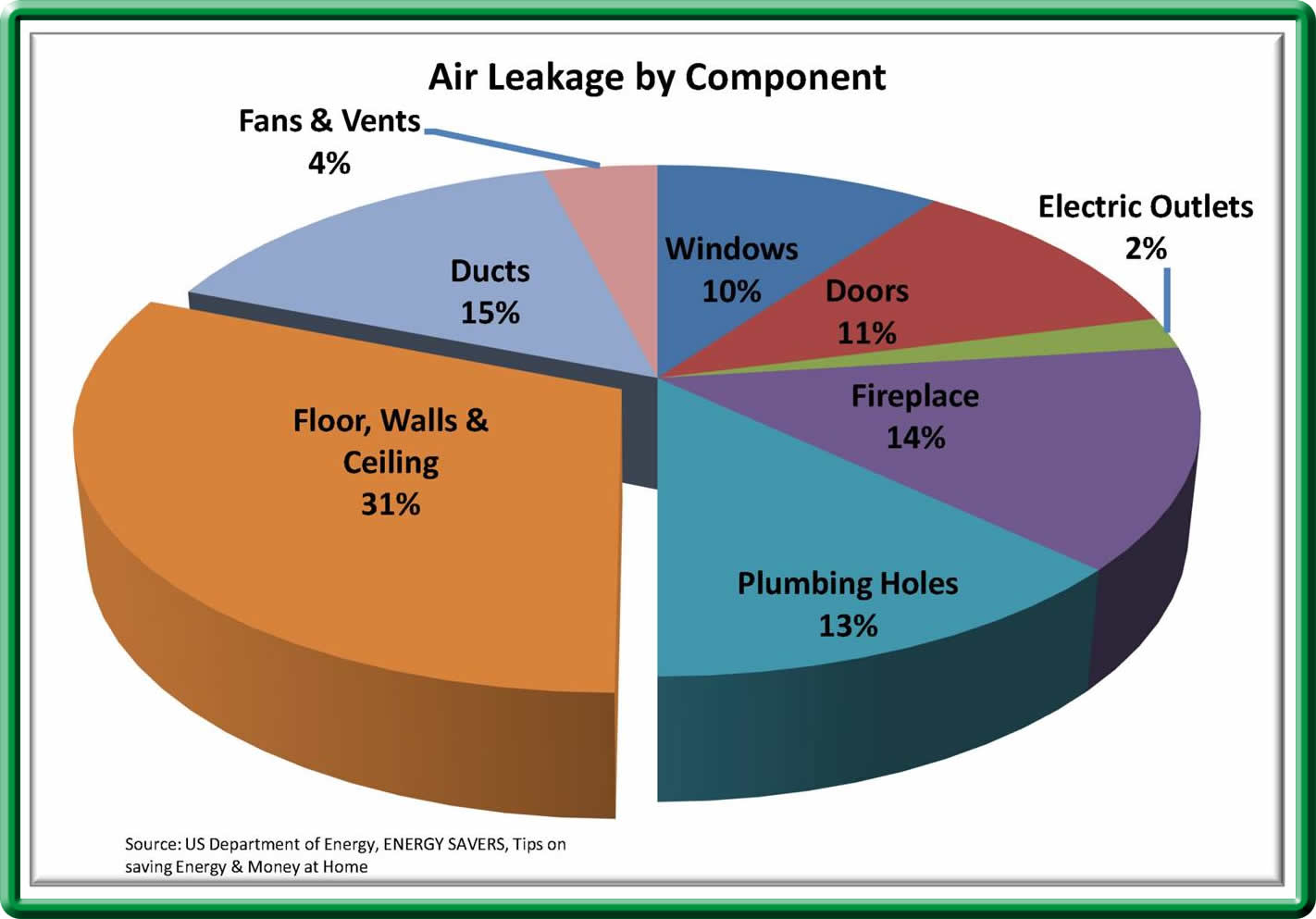
If you’ve decided to redecorate your home or your units, or if you’ve just moved somewhere new and want to make it your own, there’s a lot to consider: From art and furniture to light fixtures and appliances. Wherever you focus your attention, don’t forget the value of eco-friendly interior design plans.
The idea that being green comes at the sacrifice of style is a myth. There are many design options that satisfy both your aesthetic taste and your desire to be environmentally-conscious. This guide will explore them and provide tips to make your property chic and eco-friendly.
Discover bulbs and fixtures that are eco-friendly and reduce electricity use.
These tips will help you find the perfect balance of beauty and conservation while shopping for faucets and water fixtures.
There are many ways for your windows to be eco-friendly and stylish in a way that makes your property standout from the pack.
Learn why home appliances should be ENERGY STAR approved.
Carpet or hardwood? Eco-friendliness starts from the ground up.
It may not be the most glamorous topic, but proper insulation does lay the foundation for a greener home.
Make art work for you (and the earth): Strategically-placed art made from recycled materials can be aesthetically pleasing and functional.
A variety of home decor can be made from recycled materials without compromising style.
Plants can improves your tenants’ lives in so many ways. Find out exactly why you should consider them in your interior design.
Shop for recycled goods and organic materials that are better for you and the environment.
Light fixtures
With just a few small changes, the lighting at your properties can be stylish and green. First, make sure you don’t have any stray incandescent bulbs in your light fixtures, which are very inefficient. Replace them with any of the following energy efficient lightbulbs:
- A compact fluorescent (CFL)
- A light emitting diode (LED)
- A halogen incandescent
As for the fixture, consider those made of recycled products or other eco-friendly materials like bamboo, jute or iron. You may even find a unique fixture made from recycled soda cans or wine bottles.
 Source: NRDC
Source: NRDC
Faucets and water fixtures
When redesigning a kitchen or bathroom, you’ll need to shop for new faucets. There are so many options to choose from, finding the right eco-friendly fixture has never exactly been easy. Here are some things to keep in mind when replacing shower heads and faucets:
Shower heads
You’ll want to select a shower head with a flow rate less than 2.5 gpms. Fixtures manufactured before 1992 had flow rates of 5.5 gpm, so you’ll want to replace those older utilities.
Faucets
The most important part of having an energy efficient faucet is its flow rate, which is controlled by the aerator (the screw-on tip of the faucet). Luckily, aerators are inexpensive to replace. For maximum efficiency, use one with a flow rate of 1.0 gpm.
Curtains and windows
Use efficient windows to maintain the interior temperature no matter the weather. In the winter, for example, heat, energy and money seep through the cracks or poorly insulated windows. In extreme climates, you may even consider investing in coated glass.
Decorations can be efficient, too! Thick curtains block outside light from entering your home in the summer, and serve as extra insulation in the winter. Certain window coverings are particularly eco-friendly, so if you want to conserve more energy, consider:
- Roman shades
- Solar shades (which absorb heat and protect from UV rays), or
- Cellular shades (which help insulate)
 Source: Green Energy Efficient Homes
Source: Green Energy Efficient Homes
Appliances
Give your properties a chic, modern touch with up-to-date appliances. The good news is, that appliance manufacturers focus a lot of time on making sure their products are eco-friendly and energy efficient. Even so, washers, dryers, and refrigerators can still waste a lot of energy, so ensure they’re ENERGY STAR certified. A few other things to consider when selecting an efficient appliance:
Dishwashers
When shopping for a dishwasher, check the EnergyGuide labels to compare the energy use of different models. While compact dishwashers are usually more efficient per load, if you wash a lot of dishes every day, you will end up using more energy in the long run. Look for units with booster heaters and cycle selections to save more energy and money.
Washing Machines
Again, check the EnergyGuide label: Small-capacity washers use less energy but are not ideal in homes where a lot of loads will be run. After installation, try using cold water and the spin cycle to conserve water and energy.
Refrigerators
ENERGY STAR refrigerators use at least 15% less energy than non-qualified models, 20% less energy than required by current federal standards, and 40% less energy than conventional models sold in 2001. After installation, keep the refrigerator at 35-38 degrees Fahrenheit and the freezer at 0 degrees Fahrenheit. Properly wrap and store all foods to avoid releasing moisture, which makes compressors work harder and can lead to ice build up.
Flooring
Poorly-insulated floors are a main cause of energy loss in homes, particularly in colder climates. For properties with finished rooms above the garage, this is major concern: not only does cold (and warm!) air come in through the floor, but contaminants may as well.
Once the floor is properly insulted, you’ll want to find a green option for flooring that doesn’t compromise the interior design vision. Consider those made from renewable resources like cork, bamboo, wool or hemp. You may even be able to find recycled or organic options. Looking for something more traditional? Check the Forest Stewardship Council (FSC) to make sure your hardwood floor wasn’t harvested from a sustainable forest.
Insulation
While not the most fun part of interior design, insulation contributes a great deal to functional design. More energy leaks through floors, walls, and ceilings than anywhere else in the home. If this is done properly, you can have more fun decorating and designing without worrying about energy-loss.
 Source: Home Energy Connection
Source: Home Energy Connection
Insulation is measured in R-values (in technical terms, this is known at thermal resistance). Simply put: the colder your climate, the higher the R-Value.
When insulating a property, you should choose the material based on your zone and the room you’re insulating.
For example:
- Zone 1 floors: R-11 should be fine
- Zone 2 attics: R-38 should be fine, with a thickness of 12″ or more
- Zone 4 floors: between R-25 and R-30.
- Zones 5, 6, and 7 attics: at least R-49, or 16″ at a minimum
 Source: Energy Star
Source: Energy Star
Decorative, functional art
What’s better than a beautiful piece of art or furniture in a home? Art that’s eco-friendly. If you’re staging a property, try using recycled materials, such as wine bottles for chandeliers or mason jars for storage—which is beautiful and unique without any waste.
Make the art work for you! Clever placement can make all the difference. A few ideas include:
- Turn the fake drawer fronts under sinks into tip-out storage compartments
- Build a shelf on the inside of the pantry door
- Use the empty space beneath your end tables for storage
Recycled objects
Harness your inner creativity! With just a few Pinterest searches and some ingenuity, you can turn old household objects into new, functional items that are great for staging. The possibilities are endless: Turn old clothes into pillowcases, make an old box into a new shelf, use mason jars or old cookie tins for storage. The next time you’re ready toss something in the recycling bin, take another look. It might be exactly the piece you need.
Plants in the home
Decorating with plants brings an endless list of benefits, from improving the air quality to brightening your mood. Plants in the home have even been rumored to relieve the common cold!
There are many types of houseplants perfect for the job:
- Bamboo Palm: a natural humidifier,
- English Ivy: relieves the symptoms of asthma and allergies
- Boston Fern: one of the best in air purifiers
 Source: Idlelist
Source: Idlelist
Organic materials
In addition to recyclables, you can use organic materials for everything from furniture to flooring to wall coverings. For example, many popular wall paints contain harsh, harmful chemicals. But, you can spend a few extra dollars on organic paint, bamboo wall panels, or even tile.
Additionally, you can purchase organic cotton for any of your home textiles and dye them with the juices of colored fruits and vegetables. All you have to do is simmer the fabric in a pot of water, vinegar, and the organic material of your choice (like cherries, lemons, or blackberries).
There are so many ways to go green when decorating your home. What you do with these possibilities is up to you!
 Source: Design Sponge
Source: Design Sponge

